Resource Center

Resource Center
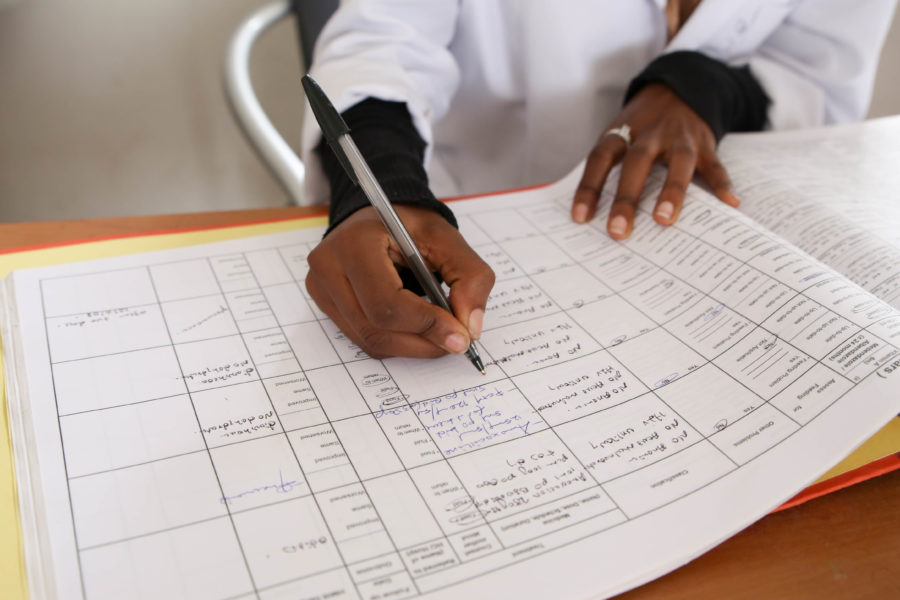
Years of experience show that licensing is highly effective for ensuring that many more people in developing countries can access life-saving HIV medicines. CHAI and Access to Medicine Foundation have published a paper outlining best practice licensing models that originator companies should employ to enable widespread access to their drugs. It also explores how these...
Read more
Carol M. Mufana has worked with CHAI in Zambia since 2013, but it wasn’t until her own son’s life was saved by a doctor whose training was facilitated by CHAI that the work the organization was doing really hit home. I met Dr. Vernon Pashi in June of 2017 when my one-year-old son underwent surgery...
Read more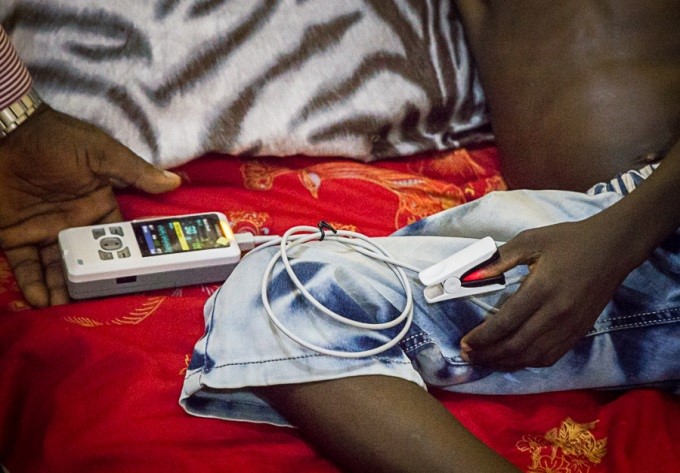
Almost 1 milion children die each year from pneumonia. Here is how Nigeria is making sure hospitals have the right tools to fight back.
Read more
This webinar, the second in a two-part series, highlights tools and resources in CHAI’s HIV New Product Introduction Toolkit. The toolkit provides ministries of health and implementing partners with the tools necessary to evaluate the adoption and introduction of new HIV products in their local context. This webinar highlighted two consumption monitoring tools, including: 1)...
Read more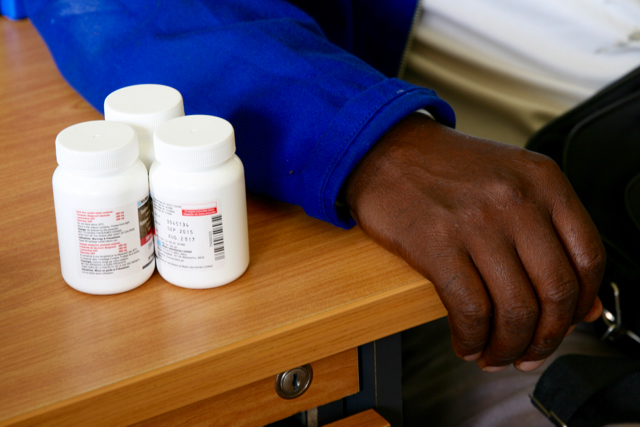
This webinar, the first in a two-part series, guides usage of CHAI’s HIV New Product Introduction Toolkit. The toolkit provides Ministries of Health and implementing partners with the tools necessary to evaluate the adoption and introduction of new HIV products in their local context. The webinar also provides an overview of the CHAI ARV Phase-In/Phase-Out...
Read more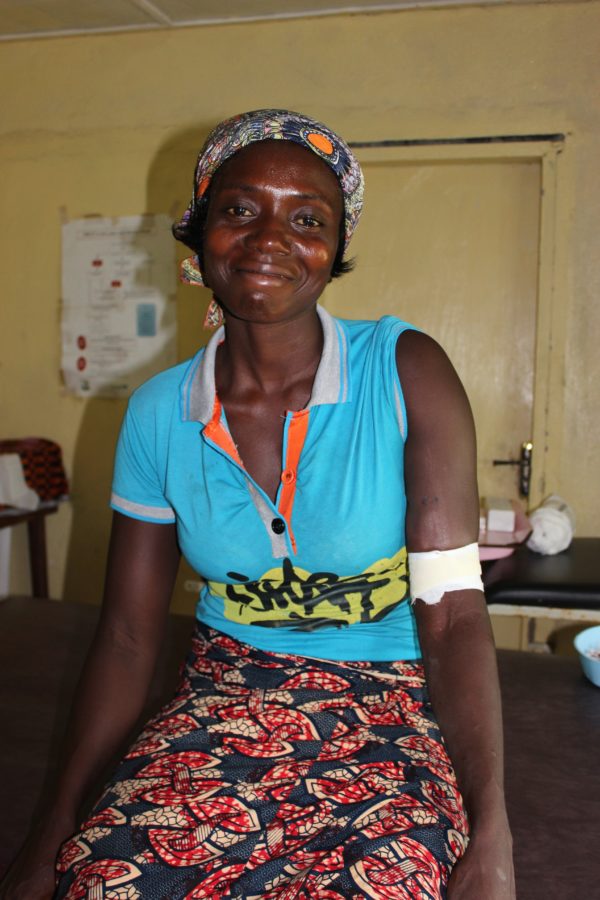
In 2019, updates to historical datasets were made upon consultation with relevant current suppliers, including the addition of a new supplier’s data. Please find the most up-to-date report here. The 2017 Family Planning Market Report can be found below.
Read more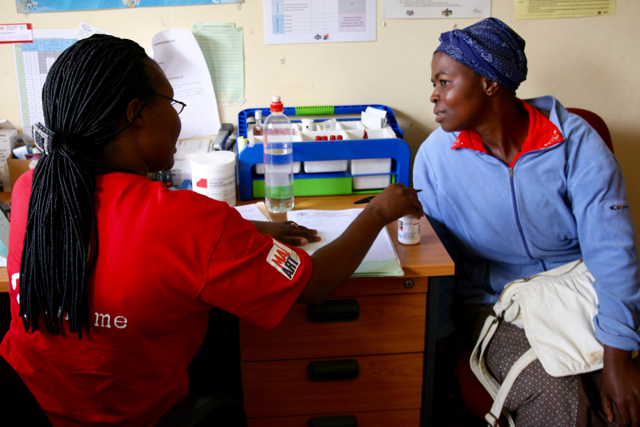
The HIV/AIDS community received good news ahead of the 2017 International AIDS Society (IAS) meeting in Paris: for the first time ever, more than 50 percent of people living with HIV were receiving antiretroviral therapy (ART) at the end of 2016 and AIDS-related deaths have halved since 2005. If this trend continues, the world will...
Read more
CHAI’s ARV Market Report provides a global perspective on the ARV marketplace in low- and middle-income countries in 2016 and outlines CHAI’s expectations on how the market will evolve over the next five years. Read the report here: 2017 ARV Market Report
Read more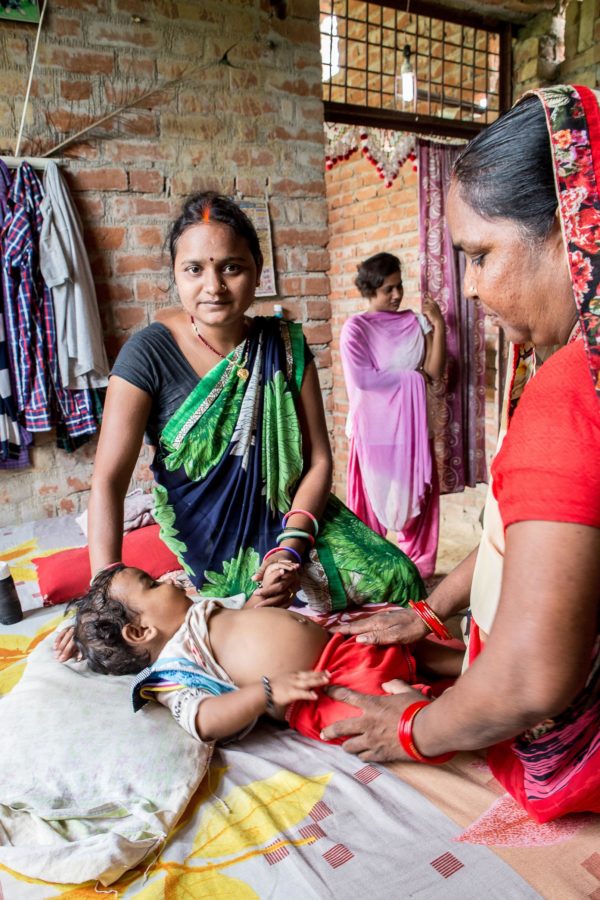
The 2016 Annual Report highlights CHAI’s programmatic work around the world, thanks to our many dedicated partners and supporters.
Read more
Negotiated pricing agreements have lowered costs and will improve access to quality treatment for people living with HIV New York – A breakthrough pricing agreement has been announced which will accelerate the availability of the first affordable, generic, single-pill HIV treatment regimen containing dolutegravir (DTG) to public sector purchasers in low- and middle-income countries...
Read more



